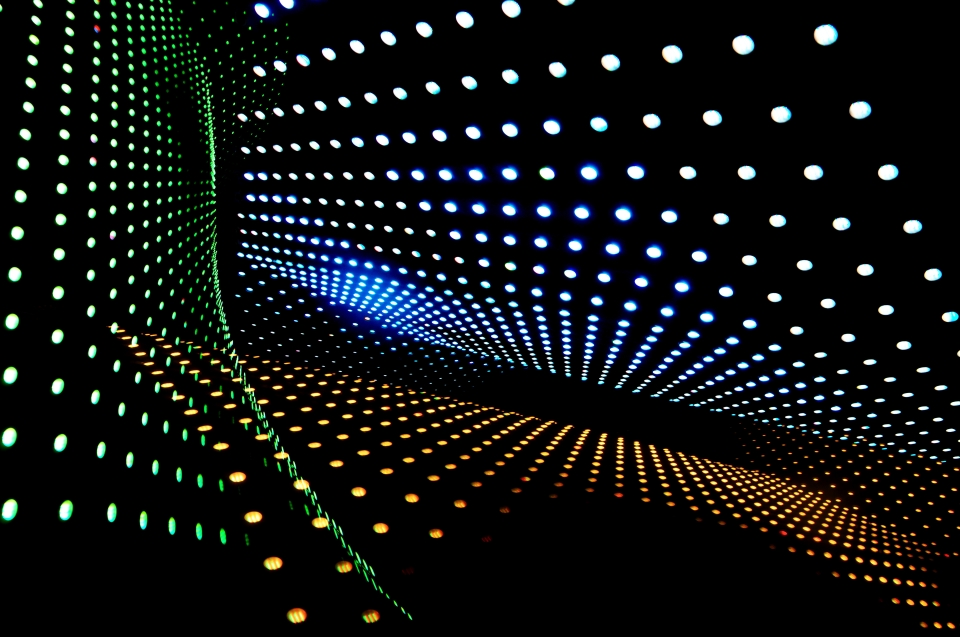Lighting Solutions in a Post-COVID World
2021/02/04 | By CENS
When COVID-19 first broke out last year, some were forced into lockdown at home and would continue to work from home, or in other cases, carry on as an essential worker at the office. Regardless of where one worked, the demand for lighting fixtures, solutions, and technologies grew according to the application in demand. More so in the future where remote working at home could become the norm.
At home, what kind of lighting solutions offers diversity in their usage, ranging from at-home use for relaxation to lighting that would improve work productivity at home? How can lighting applications help the company ensure a safe, disinfected environment where employees can accomplish lower stress levels in the office realm?
A solution that ticks off the boxes is smart lighting. Specifically, lighting that promotes these concepts are often referred to as "human-centric lighting" (HCL). More than ever, solutions that offer functions ranging from tunable white lighting to glare and occupant control are in hot demand.
Companies can combine motion sensors with lighting fixtures in the corporate environment and eliminate the need to touch a light switch when employees walk into an office space to mitigate infection-spread risks. Remote working or workplace separation could become the norm in the future. Therefore, businesses considering energy conservation methods could use digitalized lighting systems, time locking specific periods for the motion sensors to turn on or off. Lighting fixtures equipped with motion sensors could also be set up to track traffic flow and space utilization data, making it easier to track high-traffic areas for disinfection.
Other smart lighting applications could allow employees to control the office lights or their specific corner of the office. Future trends would promote lighting solutions that offer smart functions to make lives more comfortable and convenient and promote healthier working environments.
Research indicates that light is the primary cue in changing a human's internal body clock, or "circadian rhythm" -- lighting during the day would promote wakefulness while dimming light at night promotes sleepiness. Most people spend most of their time indoors (at least 80% to 90%, according to various research), and this can disrupt a person's circadian rhythm without exposure to natural light.
Proper lighting can make or break a worker's productivity throughout the day by prioritizing lighting options that reduce eyestrain and minimize headaches or productivity losses. In other settings, such as hospitals or long-term care facilities, light can be crucial to helping patients recover and keeping their mental health positive.
On the other hand, smart lighting requires more advanced hardware than your conventional fixture, which introduces challenges untypical to the past lighting industry. For example, a MarketDigits report indicated several challenges, such as the need to renew infrastructure to incorporate smart lighting technology, varied manufacturing processes, and a lack of universal standards that hurt developing for introducing connection between IoT devices. Luckily, technology has advanced in recent years, making it easier to incorporate smarter solutions into buildings than in the past.
These products are also more at risk of production chain disruption since the hardware requires advanced processing chips. The pandemic outbreak disrupted production chains worldwide, leading to the shortage of electronic components, including chips and LED drivers, both critical components to making smart-capable products. The deficit would squeeze and disrupt the supply-demand system, the MarketDigits report pointed out, and pressure the entire industry ecosystem, much like how the world is witnessing it play out in the automotive industry first hand.

